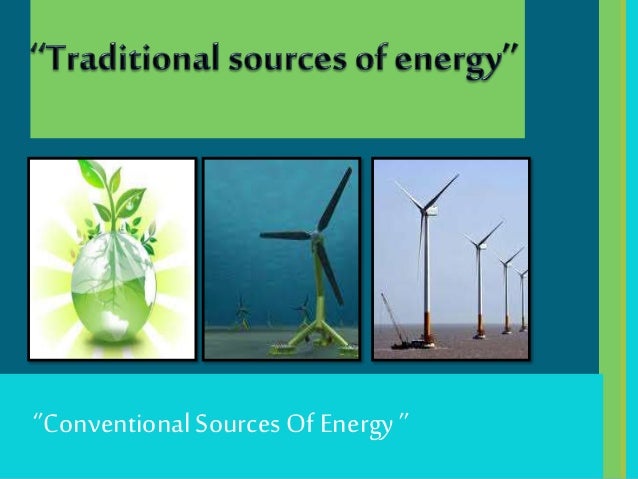

Non-hydro renewables have increased their share of electric power generation from less than 1 percent in 2005 to over 12.5 percent at the end of 2020 while demand for electricity has remained relatively stable. Most of the increase is expected to come from wind and solar.

That’s expected to rise to 35 percent by 2030. Renewables made up 19.8 percent of electricity generation in 2020, with hydro and wind making up the majority.consumption of renewables is expected to grow over the next 30 years at an average annual rate of 2.4 percent, higher than the overall growth rate in energy consumption (0.5 percent per year) under a business-as-usual scenario. Almost 5 percent of the energy consumed across sectors in the United States was from renewable sources in 2020 (11.6 quadrillion Btu out of a total of 92.9 quadrillion Btu).

The International Energy Agency notes that the development and deployment of renewable electricity technologies are projected to continue to be deployed at record levels, but government policies and financial support are needed to incentivize even greater deployments of clean electricity (and supporting infrastructure) to give the world a chance to achieve its net zero climate goals. Led by wind power and solar PV, more than 256 GW of capacity was added in 2020, an increase of nearly 10 percent in total installed renewable power capacity. Renewables made up 29 percent of global electricity generation by the end of 2020.About 11.2 percent of the energy consumed globally for heating, power, and transportation came from modern renewables in 2019 (i.e., biomass, geothermal, solar, hydro, wind, and biofuels), up from 8.7 percent a decade prior (see figure below).Renewable energy is the fastest-growing energy source globally and in the United States.


 0 kommentar(er)
0 kommentar(er)
